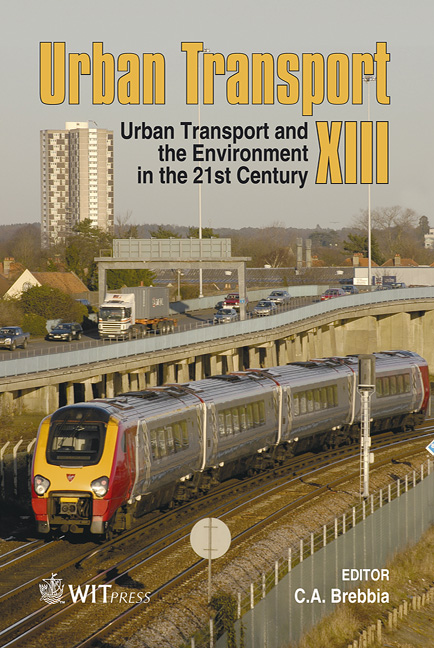Urban Network Travel Time Estimation From Stop-line Loop Detector Data And Signal Controller Data
Price
Free (open access)
Transaction
Volume
96
Pages
10
Published
2007
Size
918 kb
Paper DOI
10.2495/UT070151
Copyright
WIT Press
Author(s)
A. Bhaskar, E. Chung, M. Kuwahara, O. de Mouzon & A.-G. Dumont
Abstract
This paper presents a model to estimate travel time using cumulative plots. Three different cases are considered: i) case-Det, for only detector data; ii) case-DetSig, for detector data and signal controller data and iii) case-DetSigSFR, for detector data, signal controller data and saturation flow rate. The performance of the model for different detection intervals is evaluated. It is observed that detection interval is not critical if signal timings are available. Comparable accuracy can be obtained from larger detection interval with signal timings or from shorter detection interval without signal timings. The performance for case-DetSig and for case-DetSigSFR is consistent with accuracy generally more than 95% whereas case-Det is highly sensitive to the signal phases in the detection interval and its performance is uncertain if detection interval is an integral multiple of signal cycles. Keywords: urban network travel time, arterial travel time, cumulative plots, signalised intersection, delay. 1 Introduction Travel time information is one of the important performance measures for the transportation systems. In the literature, researchers had proposed different
Keywords
urban network travel time, arterial travel time, cumulative plots, signalised intersection, delay.





